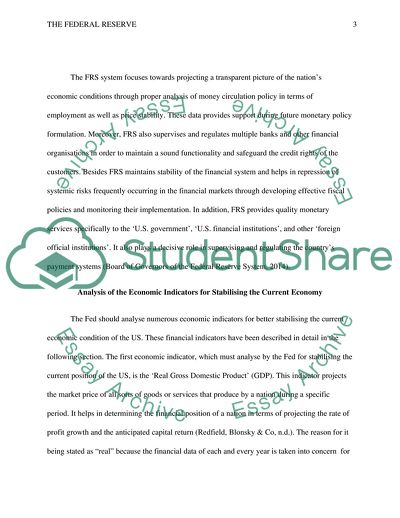Cite this document
(The Federal Reserve Essay Example | Topics and Well Written Essays - 2000 words - 5, n.d.)
The Federal Reserve Essay Example | Topics and Well Written Essays - 2000 words - 5. https://studentshare.org/macro-microeconomics/1811240-the-federal-reserve
The Federal Reserve Essay Example | Topics and Well Written Essays - 2000 words - 5. https://studentshare.org/macro-microeconomics/1811240-the-federal-reserve
(The Federal Reserve Essay Example | Topics and Well Written Essays - 2000 Words - 5)
The Federal Reserve Essay Example | Topics and Well Written Essays - 2000 Words - 5. https://studentshare.org/macro-microeconomics/1811240-the-federal-reserve.
The Federal Reserve Essay Example | Topics and Well Written Essays - 2000 Words - 5. https://studentshare.org/macro-microeconomics/1811240-the-federal-reserve.
“The Federal Reserve Essay Example | Topics and Well Written Essays - 2000 Words - 5”. https://studentshare.org/macro-microeconomics/1811240-the-federal-reserve.


